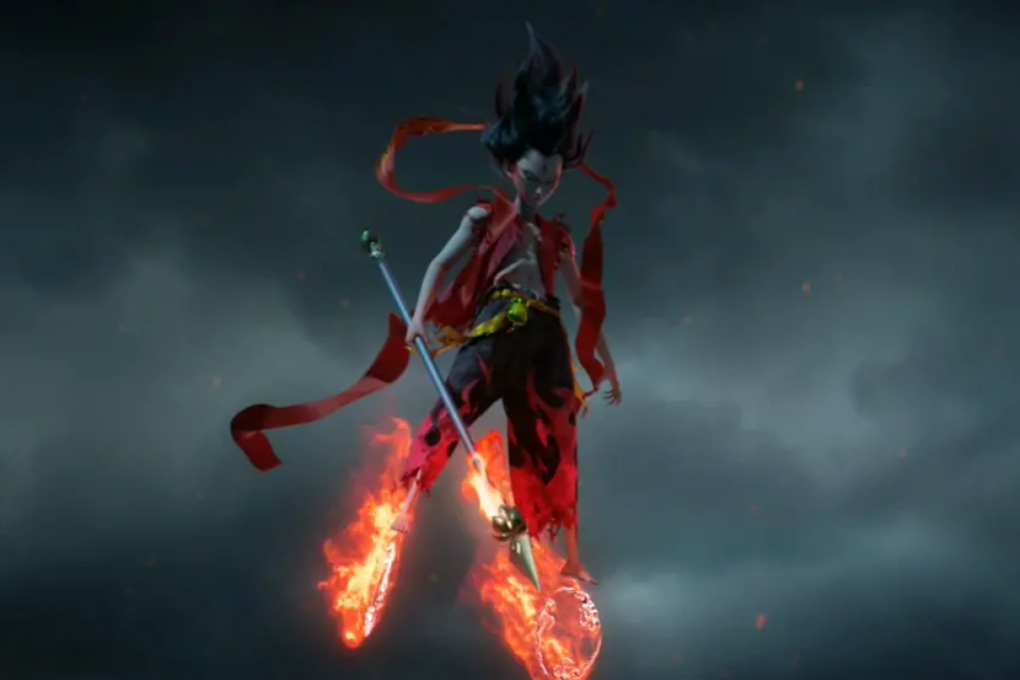Advertisement
Nezha’s huge success masks challenges facing China’s animation industry
Outside of Monkey King: Hero is Back and Nezha, most Chinese animated movies struggle to make money
Reading Time:3 minutes
Why you can trust SCMP
0

This article originally appeared on ABACUS
China’s latest animated film Nezha has been all the rage in China this summer, beating out Zootopia as the most popular animated movie in the country’s history.
In just three weeks, Nezha has taken in more than US$500 million at the box office. But while its massive success has whipped up a fervor within China, it masks a continuing struggle in the broader industry.

There are high hopes for Chinese animation in the wake of Nezha. Yang Lei, vice president of Chinese animation studio Beijing Rocen Digital Technology, said at ChinaJoy that the success of Nezha might mean that the industry will have a breakout year. However, as a one-off hit, the movie hasn’t yet changed the reality facing Chinese animation.
While the glamor of Nezha has attracted a lot of attention, industry watchers said that most Chinese animated movies still struggle to make money.
As a whole, Chinese homegrown animated movies have yet to live up to expectations. According to CSC Financial, animated films have often accounted for just 6% to 10% of total box office sales, peaking in 2016 at 16%. The industry in the US fares better, making up 10% to 15% of the box office. In Japan, the number has been above 40% since 2015.
Advertisement